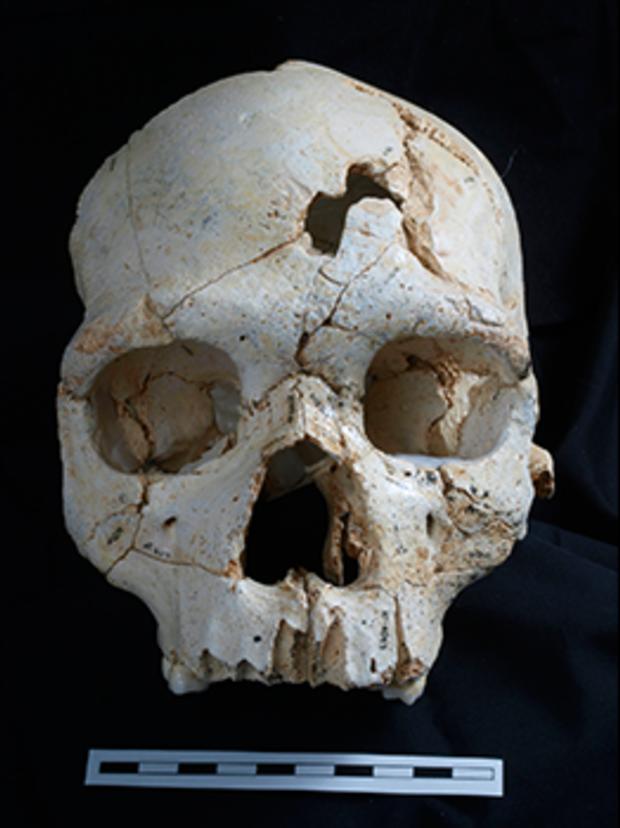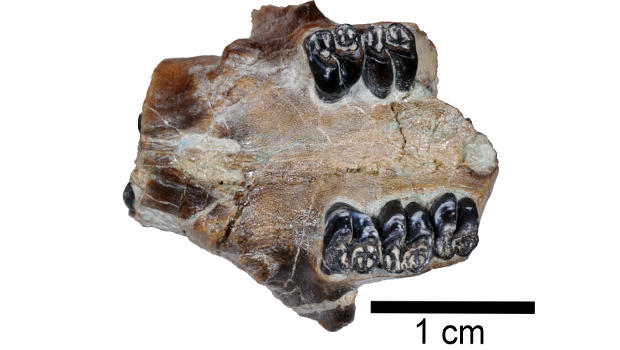Weirdest SciTech stories of the week
In 2014, scientists discovered 139 new species in the Greater Mekong region of Cambodia, Laos, Myanmar, Thailand and Vietnam. One of them is a vicious wasp that kills its victims by turning them into zombies and eating them alive.
Ampulex dementor, named after the soul-sucking dementor spirits of the "Harry Potter" series, injects a venom into a mass of nerves its insect prey's belly. The poison leaves the bug able to move, but unable to control its movements, rendering it a virtual zombie. Once the victim is debilitated, the wasp drags it by the antennae to a safe spot to gobble it up.
The species was highlighted in a report released Thursday by the World Wildlife Fund.
Read the full story here.
Who filled my cheese?
No holes in your Swiss cheese?
The transition from age-old milking methods in barns to fully-automated, industrial milking systems had caused holes to decline during the last 15 years, according to a Swiss agricultural institute.
The government-funded Agroscope institute discovered that tiny pieces of hay dust are responsible for the famous holes in cheeses like Emmentaler or Appenzeller. As milk matures into cheese these "microscopically small hay particles" help create the holes in the traditional Swiss cheese varieties.
Read the full story here.
Humanity's first murder?
Scientists have stumbled upon what may be the world's first known murder at an archeological site in Spain.
Examining fragments of a human skull found in the Sima de los Huesos (or "Pit of Bones"), also known as the SH site, the researchers writing Wednesday in the journal PLOS One described how they found evidence of blunt force trauma that may have caused the death of an individual some 430,000 years ago.
"This individual was killed in an act of lethal interpersonal violence, providing a window into an often invisible aspect of the social life of our human ancestors," Nohemi Sala, of the Centro Mixto UCM-ISCIII de Evolución y Comportamiento Humano, told CBS News.
Read the full story here.
Hoverboard world record
Canadian inventor Catalin Alexandru Duru didn't just beat the world record for distance covered on a hoverboard. He crushed it.
Standing atop his homemade, propeller-based hovercraft, Duru rose up 15 feet from the surface of Quebec's Lake Ouareau and traveled 275.9 meters -- 905 feet, 2 inches, the length of three football fields -- to take the Guinness World Record title for farthest flight on a hoverboard. He could have nabbed the record in a fifth the distance.
Read the full story here.
Specific text message disables iPhones
A particular string of character sent by text message can cause an iPhone's messaging app to crash, or shut down the phone.
The message, revealed on Reddit late Tuesday, seems to exploit an inability of the app's preview feature to correctly render the characters, which are not the standard alphanumerics or emoticons one typically texts. After repeated attempts, the app crashes, leaving the user unable to send or receive texts as usual.
If the message is received while the phone is on the lock screen, it causes the phone to reboot.
Ahead of pushing a fix to correct the problem, Apple released instructions on how to work around it.
Read the full story here.
Ancient Oregonian beaver
A fossilized skull and teeth from a newly described species of beaver that lived 28 million years ago have been unearthed in eastern Oregon.
The fossils worked their way out of the soil within a mile of the visitor center at the John Day Fossil Beds National Monument, said the monument's paleontologist, Joshua Samuels.
The find is significant, he said, because unlike the other species of ancient beavers found at the monument, this one appears related to the modern beaver, a symbol of Oregon found on the state flag. The others all went extinct.
The species is named Microtheriomys brevirhinus.
Read the full story here.




